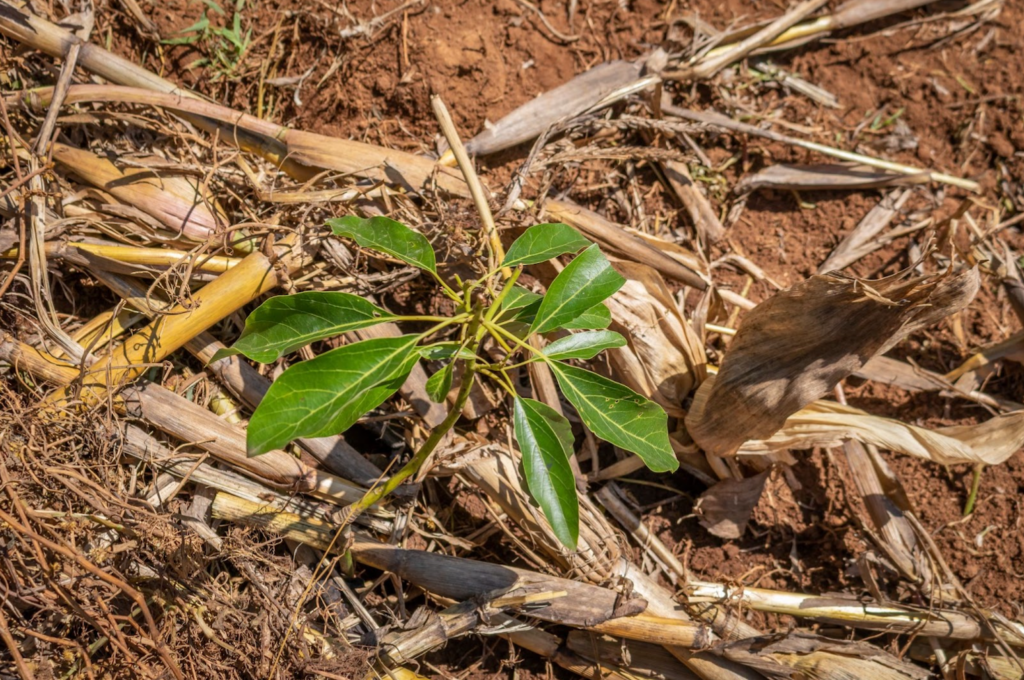
Context
Kenya is renowned for its magnificent wildlife and iconic landscapes, teeming with biodiversity due to its wide array of ecosystems ranging from deserts and wetlands to mountain and forest regions. However, Kenya is losing species of plants and animals at an alarming rate as a result of ongoing environmental degradation, poor land-use practices, and unsustainable natural resource management. These issues are all exacerbated by extreme weather events due to climate change, which negatively impact the country’s nature-based tourism revenue and, ultimately, the livelihoods of its people.
Dundori Forest, in Nakuru County (about 200km North-West of Nairobi), is a Key Biodiversity Area, signifying its species and habitat importance and associated conservation efforts. The waters within this Key Biodiversity Area feed into the three major lakes in Kenya (one being a UNESCO World heritage site), making it vital for water security. Dundori Forest is part of the six western forest blocks of Nakuru County and plays a critical role in regional biodiversity conservation and ecosystem services, being part of the larger Mau water tower.
Planting Partner
The International Tree Foundation (ITF) was founded in 1922, in Kenya, and has been operating to restore and conserve forests, and promote cultures of forest stewardship ever since. Community consultation, engagement and leadership is the bedrock of ITF’s approach. Key to ITF’s operation is their commitment to and support of capacity-building within local communities to optimise forest planting and conservation efforts as well as improve the community livelihoods. Gender empowerment and education are also core elements of their community engagement.
ITF works in partnership with the Kenya Forest Service, Kenya Forest & Research Institute and with Community Forest Associations to ensure that all planting is appropriate for local ecology, as well as working with their long-standing partner Botanic Gardens Conservation International.

The Project
The objective of this project is to restore 200 hectares of highly degraded forests through sustainable, community-led reforestation. The project specifically seeks to catalyse the rehabilitation and restoration of watershed functions, soil stability and quality, carbon sequestration and the biodiversity of the degraded Dundori forest by replanting local species and engaging local communities in their efforts to restore and protect the forest. Additionally, the project will involve planting of trees in schools, as a means to engage young environmental stewards in forest and school-based tree growing in 15 learning institutions.
The project will integrate and mainstream the conservation of four threatened tree species (Ocotea kenyensis, Polyscias kikuyuensis, Prunus africana and Vangueria gillettii (IUCN Red list of 2020)) in Nakuru County.
Trees planted in the forest will need some aftercare to ensure their survival. ITF spearheads aftercare for the planted trees in collaboration with Kenya Forest Service and communities living adjacent to the forests. This is done for a period of three years to ensure the planted trees become well-established and are able to survive on their own. ITF’s approach to the protection of planted sites involves engaging community members known as Community Volunteers, who will also be trained on fire prevention and firefighting.
See the project site on Restoration here.


